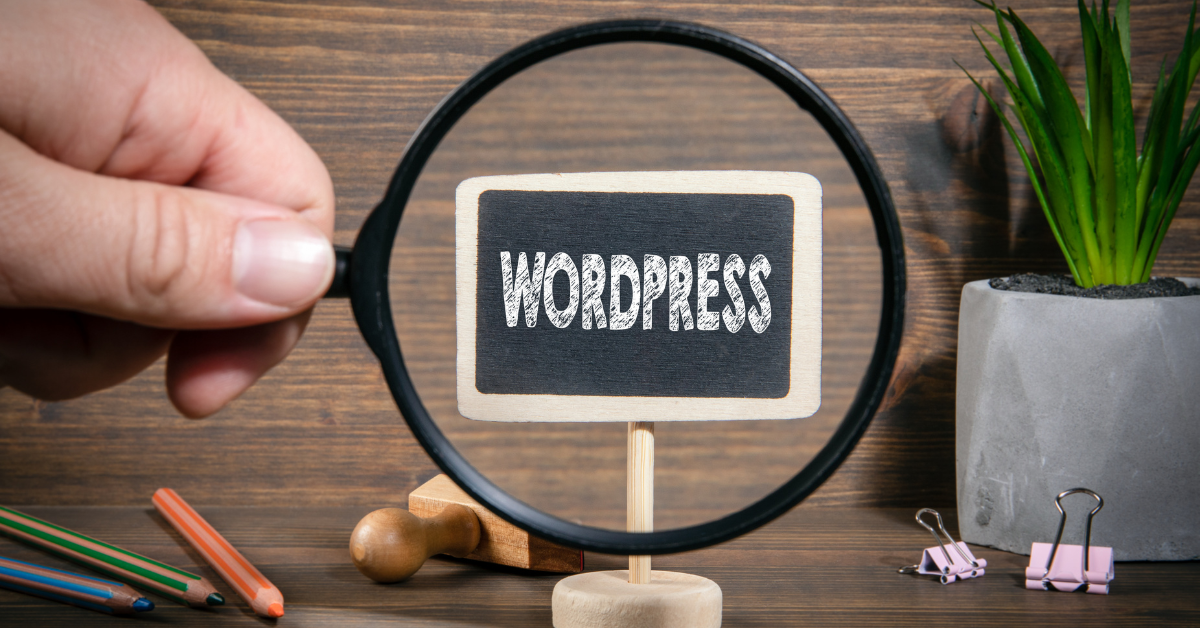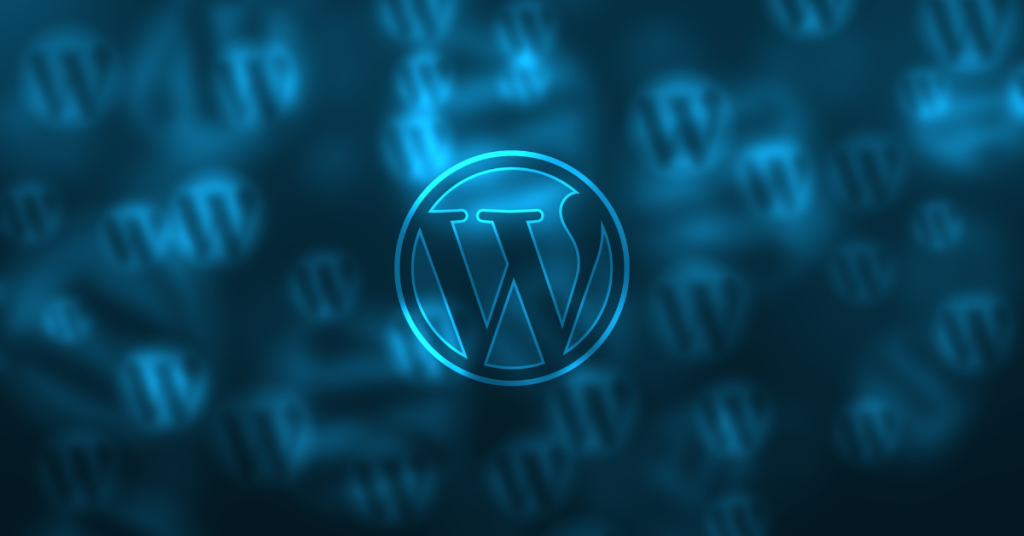
Introduction to WordPress
WordPress stands as a cornerstone in the realm of website development, offering a user-friendly platform that caters to beginners and seasoned developers alike. Understanding its origins and significance is crucial to grasping its power.WordPress began as a humble blogging platform in 2003, envisioned by Matt Mullenweg and Mike Little. Over the years, it has evolved into a versatile content management system (CMS) powering over 40% of all websites on the internet. Its open-source nature and vibrant community contribute to its ever-growing popularity and robust ecosystem.Getting Started with WordPress
Embarking on your WordPress journey necessitates familiarizing yourself with its fundamental aspects, from creating an account to navigating the intuitive dashboard.Signing up for a WordPress account grants you access to the platform’s vast array of features. However, discerning between WordPress.com and WordPress.org is paramount. While WordPress.com offers hosting and a simplified setup process, WordPress.org provides more flexibility and control over your website.Selecting and Installing Themes
Themes serve as the aesthetic backbone of your WordPress site, defining its visual identity and user experience. Choosing the right theme requires careful consideration of design, functionality, and customization options.WordPress offers a plethora of themes, ranging from free to premium, catering to diverse preferences and niches. Installing and activating a theme is a straightforward process, allowing you to transform the look and feel of your site with a few clicks.Customizing Your WordPress Site
Personalizing your WordPress site enhances its appeal and resonance with your target audience. Leveraging the customization options empowers you to craft a unique digital presence that reflects your brand identity and values.From configuring site identity elements such as logos and taglines to fine-tuning layout and color schemes, WordPress provides extensive customization capabilities that accommodate various design preferences and branding guidelines.Understanding WordPress Plugins
Plugins augment the functionality of your WordPress site, extending its capabilities beyond the core features. Familiarizing yourself with plugins and their diverse applications is essential for optimizing your site’s performance and user experience. WordPress boasts a vast repository of plugins catering to virtually every need and niche imaginable. Whether you seek to enhance SEO, streamline workflow processes, or integrate social media, there exists a plugin tailored to your requirements.Essential Pages and Content Creation
Creating compelling content lies at the heart of every successful WordPress site. Understanding the distinction between pages and posts enables you to structure your content effectively and engage your audience.Must-have pages such as About, Contact, and Services provide vital information and facilitate user interaction. Crafting captivating content that resonates with your audience requires a blend of creativity, storytelling, and strategic messaging.Exploring Widgets and Sidebars
Widgets and sidebars offer additional avenues for customizing your WordPress site and showcasing relevant content and functionality. Understanding their role and implementation enriches the user experience and enhances site navigation.Widgets enable you to incorporate dynamic elements such as recent posts, social media feeds, and custom menus into your site’s layout. Strategic placement and customization of widgets optimize user engagement and facilitate content discovery.
Optimizing Your WordPress Site for SEO
Search engine optimization (SEO) is paramount for enhancing your WordPress site’s visibility and driving organic traffic. Implementing SEO best practices and leveraging dedicated plugins empower you to climb search engine rankings and expand your online presence.Plugins like Yoast SEO equip you with powerful tools and insights for optimizing content, meta tags, and site structure to align with search engine algorithms and user intent. Strategic keyword research and on-page optimization strategies lay the groundwork for sustained SEO success.Understanding WordPress Security
WordPress security is a critical concern for website owners, given the prevalence of cyber threats and vulnerabilities. Adopting robust security measures and staying vigilant against potential risks safeguard your site’s integrity and reputation.Common security threats such as malware infections, brute force attacks, and SQL injections underscore the importance of proactive security measures. Implementing SSL encryption, strong passwords, and regular security audits fortify your defenses against potential breaches.Backing Up Your WordPress Site
Backing up your WordPress site is akin to insurance against data loss and catastrophic events. Establishing reliable backup protocols and leveraging automated backup solutions mitigate the risk of irreparable damage and ensure business continuity.Manual and automated backup methods offer varying degrees of convenience and control, allowing you to tailor your backup strategy to suit your needs and preferences. Choosing reputable backup plugins and storage solutions guarantees the safety and accessibility of your site’s data.Managing User Roles and Permissions
User management plays a pivotal role in maintaining site security and facilitating collaboration within your WordPress ecosystem. Understanding user roles and permissions empowers you to delegate responsibilities and control access to sensitive information effectively.WordPress offers distinct user roles such as administrator, editor, author, and contributor, each with specific privileges and limitations. Assigning appropriate roles and permissions to users streamlines workflow processes and minimizes the risk of unauthorized access or misuse.Integrating Social Media with WordPress
Social media integration amplifies your WordPress site’s reach and engagement, fostering connections with your audience across diverse platforms. Incorporating social media buttons and sharing functionality encourages content discovery and virality.Strategic placement of social media buttons and seamless sharing options encourage visitors to amplify your content’s reach and foster community engagement. Leveraging social media analytics and insights informs content strategy and enhances campaign effectiveness.Improving Website Speed and Performance
Website speed and performance are integral to delivering optimal user experiences and retaining audience engagement. Implementing performance optimization techniques and monitoring site speed metrics ensures swift and seamless browsing experiences.Tools such as Google PageSpeed Insights and GTmetrix offer invaluable insights into your site’s performance metrics and areas for improvement. Minimizing page load times, optimizing images, and leveraging caching mechanisms accelerate site speed and boost user satisfaction.
Advanced WordPress Tips and Tricks
Unlocking the full potential of WordPress entails exploring advanced features and techniques that elevate your site’s functionality and aesthetics. Delving into topics such as child themes, custom post types, and shortcodes opens up a world of creative possibilities.
Child themes serve as a foundation for customizing and extending existing themes without altering core functionality. Custom post types and taxonomies enable you to organize and display content in dynamic ways, catering to diverse content structures and formats.
Troubleshooting Common WordPress Issues
Navigating through challenges and setbacks is an inherent aspect of managing a WordPress site. Identifying and resolving common issues and errors empowers you to maintain site integrity and minimize downtime effectively.
Plugin conflicts, white screens of death, and database errors are among the prevalent issues that WordPress users encounter. Utilizing troubleshooting techniques such as disabling plugins, checking error logs, and seeking community support facilitates timely resolution and prevents recurrence.
WordPress Maintenance and Updates
Regular maintenance and updates are imperative for preserving the security, performance, and functionality of your WordPress site. Adopting proactive maintenance practices and staying abreast of updates mitigate the risk of vulnerabilities and ensure optimal site operation.
WordPress core updates, theme updates, and plugin updates address security vulnerabilities, introduce new features, and enhance compatibility with evolving technologies. Establishing automated update mechanisms and conducting periodic site audits streamline maintenance workflows and minimize manual intervention.
Exploring E-commerce with WordPress
WordPress serves as a robust platform for launching and managing e-commerce ventures, empowering entrepreneurs to establish online stores with ease. Understanding the intricacies of e-commerce integration and management is essential for driving sales and fostering customer loyalty.
WooCommerce stands as the preeminent e-commerce solution for WordPress, offering a comprehensive suite of features for product management, order processing, and payment integration. Leveraging WooCommerce extensions and integrations enhances your store’s functionality and scalability.
Scaling Your WordPress Site
As your WordPress site grows in content and traffic, scalability becomes a pivotal consideration for sustaining performance and user experience. Implementing scalable hosting solutions and optimization strategies ensures seamless expansion and accommodates increased demand.
Choosing hosting providers that specialize in WordPress hosting and offer scalable infrastructure guarantees reliability, security, and performance. Optimizing server configurations, employing content delivery networks (CDNs), and implementing caching mechanisms bolster your site’s scalability and resilience.
WordPress Community and Resources
The WordPress community stands as a testament to the platform’s collaborative spirit and collective expertise. Engaging with fellow WordPress enthusiasts, accessing documentation, and attending events foster learning, networking, and professional growth.
WordPress forums, meetups, and online communities serve as invaluable hubs for sharing knowledge, troubleshooting issues, and seeking inspiration. Leveraging official documentation, tutorials, and online resources equips you with the knowledge and skills to navigate WordPress’s ever-evolving landscape.
Conclusion
In conclusion, WordPress epitomizes the democratization of web publishing, empowering individuals and businesses to realize their digital aspirations with unparalleled ease and flexibility. By embracing the tips, tricks, and tutorials outlined in this guide, you unlock the boundless potential of WordPress and embark on a journey of creativity, innovation, and success.














